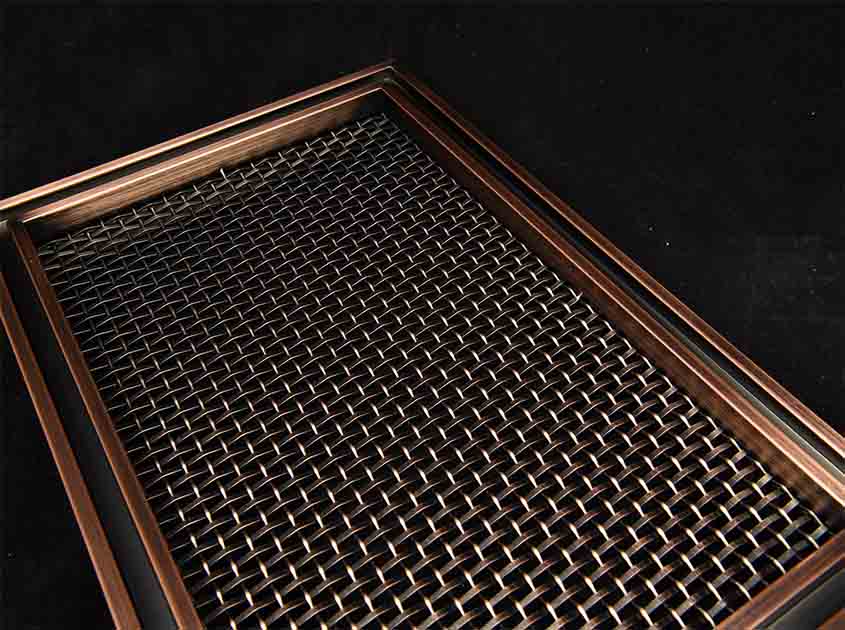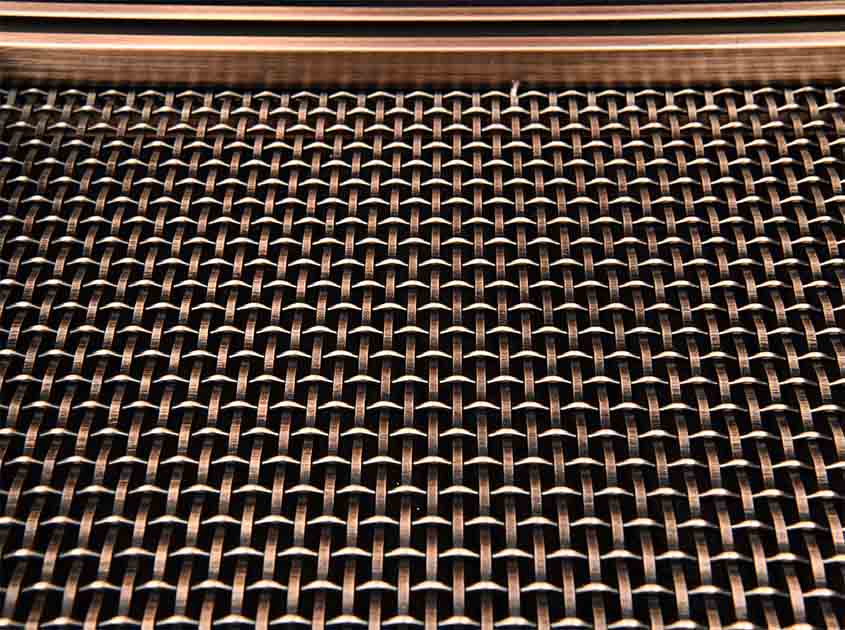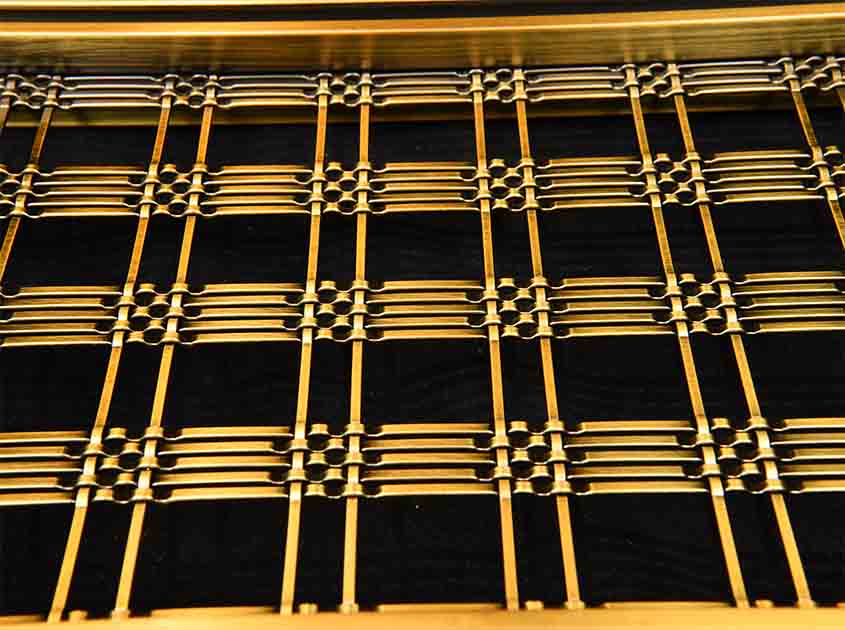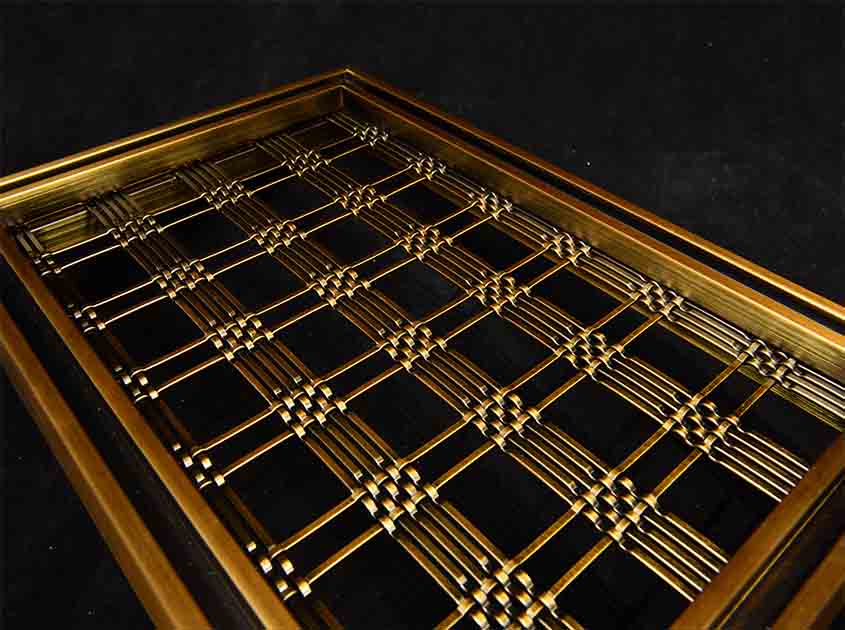Introduction:
One such material that has gained prominence in recent years is architectural woven mesh. Known for its versatility, durability, and aesthetic appeal, architectural woven mesh offers a range of eco-friendly benefits that make it a compelling choice for sustainable building projects. In this article, we will explore the various ways in which architectural woven mesh serves as an eco-friendly building material and contributes to a greener future.

Sustainable Sourcing and Production:
Architectural woven mesh can be sourced from sustainable materials such as stainless steel, aluminum, or even recycled metals. These materials are widely available, have a long lifespan, and can be easily recycled at the end of their useful life, minimizing waste and resource depletion. Additionally, the manufacturing processes for architectural woven mesh require less energy and produce fewer emissions compared to traditional building materials like concrete or brick.

Energy Efficiency:
The unique properties of architectural woven mesh contribute to energy efficiency in buildings. When used as façade cladding or shading elements, the mesh acts as a barrier against solar heat gain, reducing the reliance on artificial cooling systems. By minimizing the need for air conditioning, buildings incorporating architectural woven mesh can significantly reduce energy consumption, resulting in lower greenhouse gas emissions and decreased reliance on fossil fuels.

Natural Ventilation and Daylighting:
Architectural woven mesh promotes natural ventilation and daylighting, two key factors in sustainable building design. Its open weave structure allows for the passage of air, facilitating airflow and reducing the need for mechanical ventilation systems. This not only improves indoor air quality but also reduces energy consumption. Furthermore, the mesh's transparency permits ample natural light penetration, reducing the need for artificial lighting during the day and enhancing occupant comfort and well-being.

Recyclability and Reusability:
Architectural woven mesh is highly recyclable and reusable. At the end of its life cycle, the mesh can be easily separated from other components and sent for recycling, minimizing waste and contributing to a circular economy. Additionally, its flexibility and durability make it suitable for repurposing in other construction projects. Reusing architectural woven mesh reduces the demand for new materials and the associated environmental impact of extraction, manufacturing, and transportation.

Low Maintenance and Longevity:
Another eco-friendly aspect of architectural woven mesh is its low maintenance requirements and long lifespan. The mesh is resistant to corrosion, weathering, and pests, reducing the need for frequent repairs or replacements. Its longevity ensures that structures built with architectural woven mesh have a reduced impact on the environment over time, as they do not require frequent material replacements that generate waste.
© 2025 Joinwin Architectural Wire. All Rights Reserved. | Sitemap
Recommended Read
Unique architectural metal decorative mesh adds charm to your project
Metal woven mesh is widely popular due to its unique design, high strength, durability and functionality.